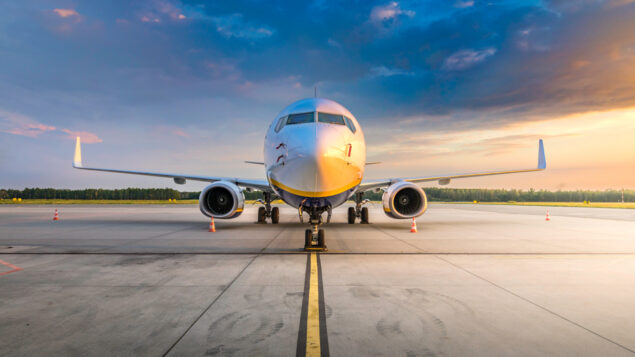Galp, Suzano and Vibra are joining together in an unprecedented partnership: with the aim of exchanging information and studying a model to enable the use of sustainable aviation fuel, known by the acronym SAF, in English, on a scale.
The companies will be part of a cluster created by Bolder, a corporate innovation consultancy. The idea was to bring together companies from different links in the fuel value chain: a producer, Galp; a biomass producer, Suzano; and a distributor, Vibra.
In a first stage, which lasts one year, executives from the three companies will meet every 15 days to exchange information about the stage they are at in the SAF study within their own companies and think about future solutions.
“We will discover how sustainable and scalable it is to produce SAF from ethanol, beef tallow or eucalyptus forests,” said Hector Gusmão, the CEO of Bolder.
One of the most enthusiastic about the project is Vibra, which wants to become an international reference in the distribution of SAF and believes that the cluster will be a way to attract the attention of different actors, startups and companies.
“We want to be protagonists and the creation of the cluster with these large companies shows that Vibra will put in its best efforts, the best resources and the right people to actually make this happen and so that it is not just a project,” Juliano Prado, vice president -president of B2B at Vibra, told Brazil Journal.
The biggest scalability challenge for SAF is the price. Depending on the market, it can cost two to five times more than traditional jet fuel. Even so, SAF consumption, due to airlines’ goals to reduce CO2 emissions, has grown exponentially.
According to data from Vibra, in 2022, 300 thousand cubic meters of SAF were consumed worldwide. This number jumped to 600 thousand last year and is expected to end 2024 at 1.8 million cubic meters.
Even so, this would only represent 3% of global demand. To achieve decarbonization targets, it will have to reach 50% by 2050.
Vibra’s VP of logistics, Marcelo Bragança, says that the company is only carrying out SAF distribution tests, but that there is no consumption of the fuel in Brazil.
For him, the raw material and conversion technology should be the major differentiators that the cluster of three companies will be able to offer. “We have to aim for Brazil to not just be an exporter of raw materials for the production of SAF.”
And it is at this point of the raw material that Suzano comes into play. The company wants to expand its operations beyond paper and cellulose, and that is why it has been looking for solutions in the bioeconomy.
The company’s logic is simple: it understands how to plant eucalyptus on a large scale and competitively. How can we use this biomass to enter other areas?
“Doing everything alone is costly and time-consuming, and together with other companies that understand the subject, learning is accelerated exponentially,” said Miguel Sieh, Suzano’s director of innovation. “And there is no biofuel without biomass, which is our expertise.”
The SAF cluster is not Suzano’s first expedition into the world of collaborative research. In January, the company announced a partnership with Mitsui for the study and development of bioproducts and biofuels.
While companies take their expertise to the cluster, Bolder provides information about startups and initiatives around the SAF around the world.
In a second stage, innovation, the idea is to prototype ways to make production viable. In a third phase, the expectation is to make agreements between companies to provide intelligence, invest in startups or even form a VC company together.
Other companies can still join the cluster, as long as they are not in the area of activity of the current participants.
Josette Goulart
